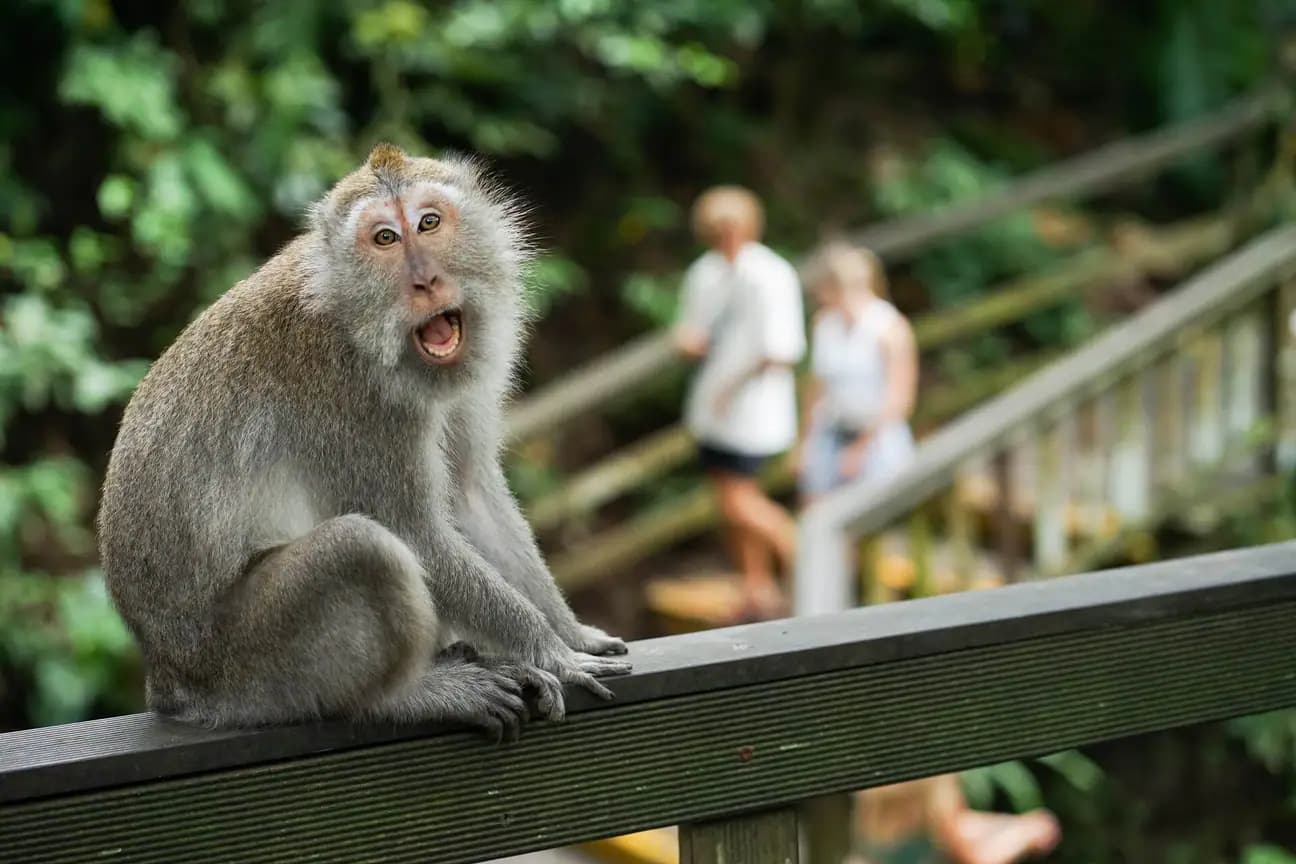Beachgoers were left shocked this week after medical waste including used syringes was discovered on the sands of Bali’s most popular beaches. Social media images shared in local Facebook groups showed plastic debris and dozens of syringes scattered along Legian and Kuta.
Kirsty Grist, a tourist visiting the area, posted photos and warned others to be cautious. “We’ve picked up two bags worth of syringes some with needle ends, some without,” she wrote. Her message quickly went viral, sparking concern, debate, and skepticism among frequent Bali visitors.
Some commenters claimed the syringes were leftover containers from alcohol shots, commonly used in beach bars, while others were alarmed by the health risks. “Yuck. That’s disgusting,” one user wrote. “Be careful folks,” added another, reporting similar findings in Seminyak and Bloo Lagoon.
The incident led to a heated online exchange, with some users denying the presence of medical waste and accusing posters of exaggeration. However, multiple tourists confirmed they had also collected syringes from the sand. “This is true,” one user replied. “We picked up two bags worth. Some with exposed needles.”
Despite conflicting reports, the photos stirred renewed attention to Bali’s ongoing battle with coastal pollution especially during the rainy season between October and March, when high tides and winds sweep waste onto the shore.
According to bali.com, Indonesia is the second-largest contributor to marine plastic pollution in the world after China. The beaches of Kuta and Legian alone receive an estimated 60 tonnes of trash each year, with plastic, packaging, and even hazardous waste washing ashore.
The island’s waste infrastructure is under strain. Overflowing landfills, illegal dump sites, and poor waste management contribute to the annual surge in debris, particularly near coastal areas. Open dump zones along rivers and rice fields often spill into the ocean, worsening the issue.
In late 2024, a viral video from environmental activist Gary Bencheghib showed piles of plastic covering Kedonganan Beach, requiring multiple days of clean-up. Similar incidents have been reported across Seminyak, Jimbaran, and Canggu, especially following storms.
Local authorities have implemented several initiatives to address the issue, including beach clean-up programs, stricter waste regulations, and community education. However, many believe that these efforts must be scaled up dramatically to match the volume of waste produced by tourism and urban expansion.
Before the pandemic, Bali welcomed over 6.2 million international tourists and nearly 10 million domestic travelersannually. The island produces an estimated 1.6 million tonnes of waste each year, creating a heavy burden on local ecosystems.
Visitors are encouraged to remain vigilant when walking on the beach especially with children and to report hazardous waste to the nearest beach patrol or hotel management. While some of the trash may be seasonal, proper waste handling and responsible tourism remain essential to preserving the island’s natural beauty.











